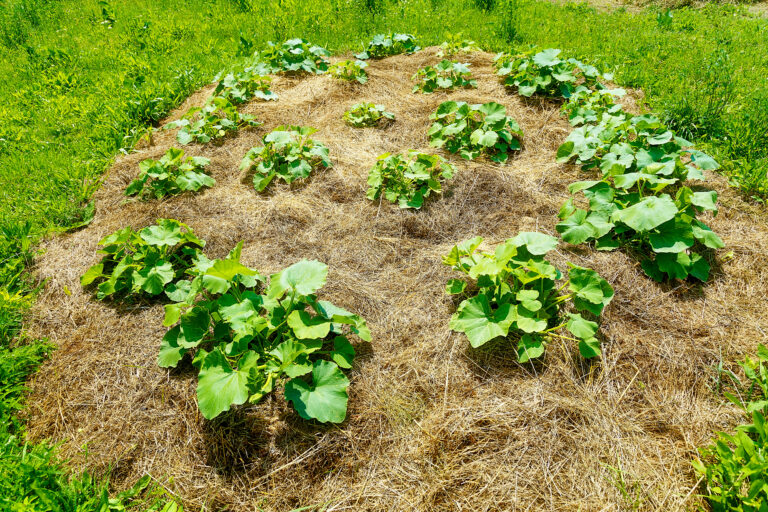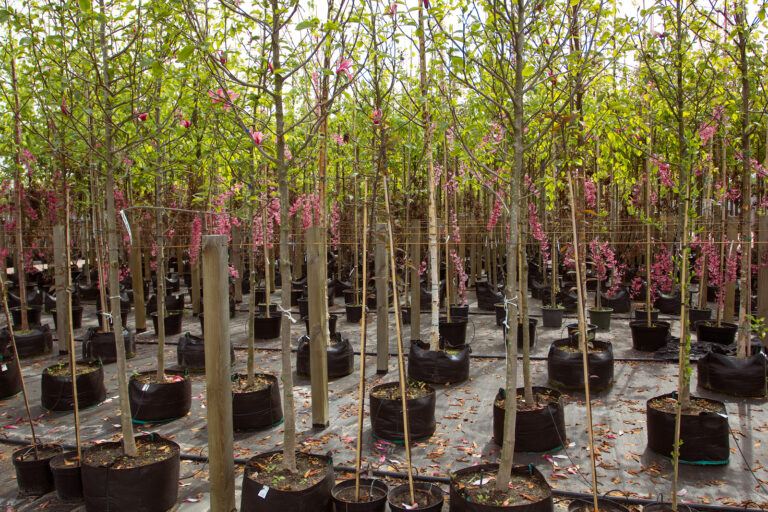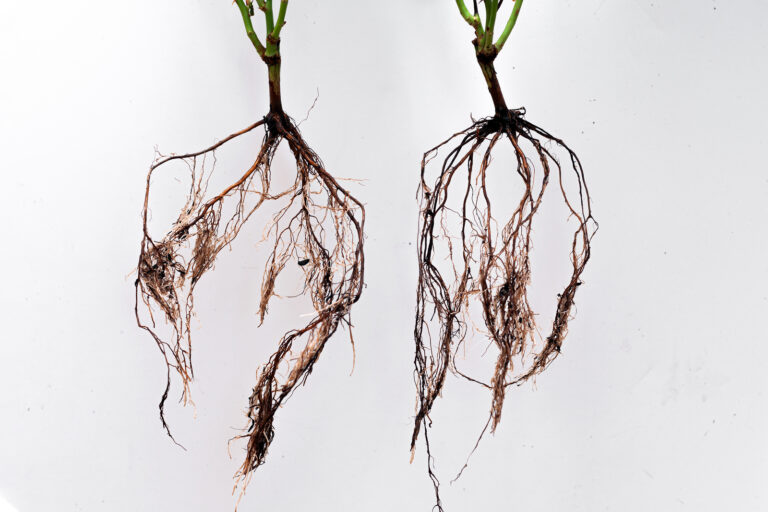Continuous Harvest: How Relay Cropping Boosts Garden Yields
Relay cropping is a gardening technique where a second crop is planted directly into a standing first crop before it is harvested. This ensures that garden beds are always covered by actively photosynthesizing plants, improving productivity, maximizing light use, and maintaining soil health. By overlapping crops in this way, gardeners can make continuous use of limited space, reduce soil erosion, and keep beneficial insects supported throughout the growing season.
How Relay Cropping Works
- Select compatible crops: Choose a second crop that will grow well alongside or immediately after the first crop.
- Timing: Plant the second crop so it begins growth while the first crop is still maturing.
- Soil and care: Ensure soil fertility and moisture are sufficient to support both crops simultaneously.
- Harvesting: The first crop is harvested as the second crop continues growing, maintaining constant photosynthesis in the bed.
How Relay Cropping Increases Garden Productivity
Relay cropping significantly boosts garden productivity by ensuring that no bed sits idle between harvests. In traditional gardening, once a crop is harvested, the soil often remains bare for days or weeks before the next planting. This gap represents lost photosynthetic potential, during which the soil receives less organic energy input and beneficial insects may leave the area. By overlapping crops, relay cropping keeps leaves on the bed continuously capturing sunlight, producing carbohydrates, and feeding soil microbes. The result is higher overall yields per square foot and improved soil vitality over the growing season.
Another productivity benefit comes from resource optimization. Relay cropping allows gardeners to make the most of limited light, nutrients, and water. Shallow-rooted crops can be paired with deeper-rooted second crops, or fast-maturing vegetables with slower-growing varieties, so both utilize different soil zones without competing excessively. Additionally, the constant canopy of green helps suppress weeds naturally, reducing labor and preventing weed competition from reducing yields.
Relay cropping is particularly well-suited to small gardens and raised beds, where space is limited and maximizing output is critical. In larger, more extensive gardens or fields, the technique can still be used, but the logistics of timing, plant spacing, and irrigation may be more complex. Small-space gardeners benefit most because every square foot is valuable, and relay cropping allows them to grow multiple successive crops without leaving gaps. With careful planning, even a modest bed can produce two or three different crops in the same space throughout the season, effectively multiplying harvests and making the garden more efficient.
In summary, relay cropping transforms idle soil into a productive, continuous green canopy, improving yields, supporting beneficial insects, and maintaining healthy soil. It is a highly effective strategy for small-space gardeners looking to maximize their growing potential while keeping beds active year-round.
Examples of Relay Cropping
| First Crop | Second Crop | Timing / Notes |
|---|---|---|
| Lettuce | Bush Beans | Plant beans when lettuce reaches mid-growth; lettuce harvested first |
| Radishes | Spinach | Sow spinach 2–3 weeks after radish sowing; radishes harvested quickly |
| Early Cabbage | Late Carrots | Plant carrots under cabbage canopy before cabbage harvest |
| Spring Peas | Summer Squash | Sow squash in gaps while peas still producing pods |
| Spinach | Kale | Kale transplanted under mature spinach leaves; harvest spinach first |
| Winter Lettuce | Garlic | Garlic planted in winter lettuce beds for continuous coverage |
| Summer Tomatoes | Basil | Basil interplanted under tomato canopy; ensures constant photosynthesis and pest benefit |
Relay cropping is particularly effective in small-space gardens, raised beds, and succession planning, keeping beds productive year-round while minimizing bare soil. By carefully planning overlapping growth cycles, gardeners can maximize yield, soil health, and ecosystem balance without leaving the bed fallow.






